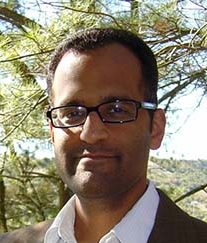
Sanjay Kumar
Biologist Faculty Scientist
Biological Systems and Engineering
- BioEngineering & BioMedical Sciences
Building: 977, Room 152
Mail Stop: 978-180A
Phone: (510) 486-7315
SanjayKumar@lbl.gov
Research Interests
Our research team seeks to understand and control biophysical communication between cells and their surroundings. In addition to investigating fundamental aspects of this problem, we are especially interested in understanding the role played by cellular mechanobiological signaling in tumor and stem cell biology in the central nervous system.



